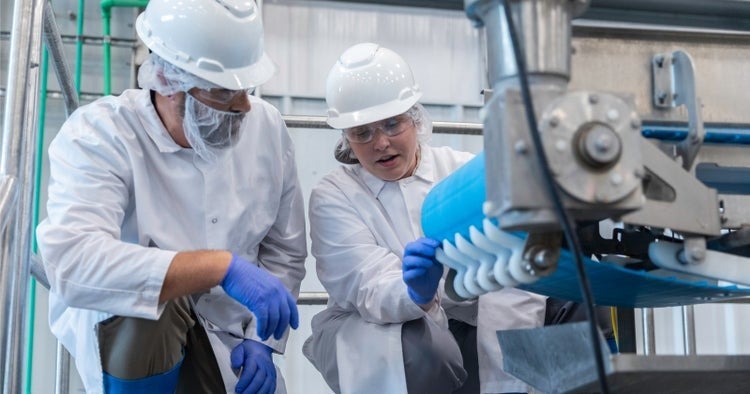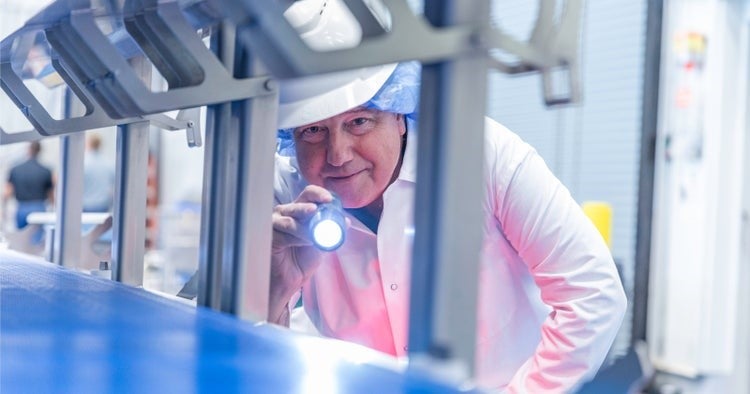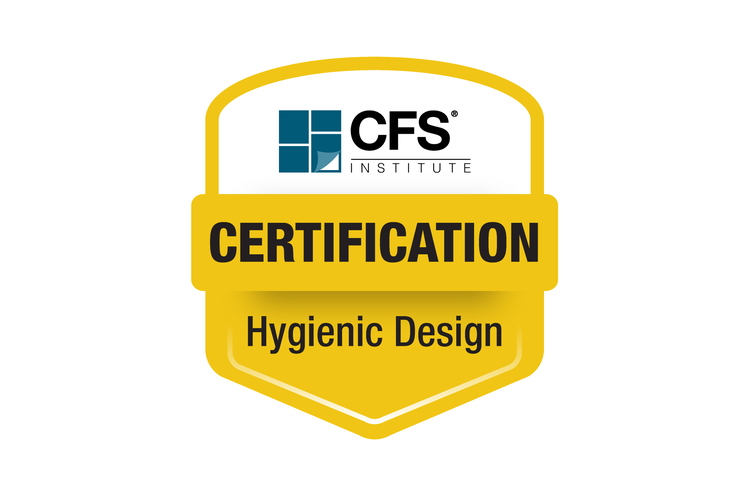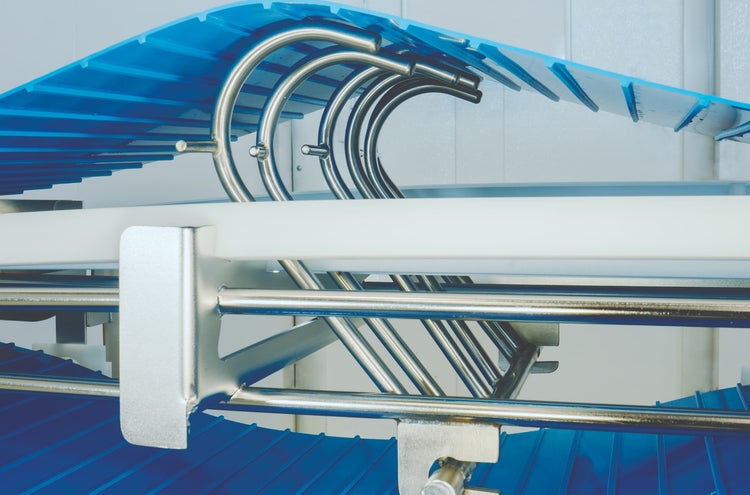The Clarity of Fresh Eyes

Reprinted and updated, with permission, from Intralox.com
Spend enough time anywhere and your impression of what’s ideal, normal, or even acceptable tends to evolve. You may realize that something is wrong or must be fixed. But after months or years of living with it you start to believe, “That’s how it is.”
What happens in your plant is the same way.
“It’s very, very common in food manufacturing that when you see something every day, you become immune to it,” notes Edwin Román Rivera, Food Safety Specialist with Commercial Food Sanitation (CFS). “It’s been like that for years. Why should it change?”
We also hear customers are aware of a particular issue, but don’t seek a solution for fear that it’ll be expensive, time-consuming, or both. Well, we have good news.
Our experts have spent thousands of hours inside food processing plants all over the world. They’ve seen a lot. What they found is that often the easiest fixes can prevent the costliest outcomes.
Someone else’s “fresh eyes” can yield an objective view and draw from experiences you and your team may lack.
Here are four things you can do to see your plant in a new light.
CHANGE YOUR PERSPECTIVE
Literally. Bend down and inspect underneath your conveyors. Lift the belts. Look in odd places. It’s easy to focus on what’s right in front of you. But those hard-to-reach areas are where bacteria can thrive. Make sure to periodically do a thorough inspection to uncover areas of opportunity for improved cleaning.
It’s also important to widen your focus. Sabrina Ferretti, Food Safety Specialist with CFS, notes a perplexing issue she often sees during plant visits: the normalization of product waste on the factory floor.

“It translates to reduced yield, increased cleaning requirements, and lost revenue,” she says. Solutions such as changing conveyors, increasing side guards, or altering hoppers can lead to significant financial gains for companies. “In contrast, products contained within equipment and in their final packaging yield greater financial returns and reduced prices for the consumer.”
AVOID USING HOMEMADE ITEMS
“Their jaws dropped,” says Román Rivera. During a plant visit to evaluate a customer’s sanitation program, he discovered rollers had been made by their maintenance staff using hollow PVC piping. “Leadership was completely unaware until we noticed it together during pre-op.”
While this internal modification supported the belt fine, a better solution (solid rollers) made with the right material (Ultra-High Molecular Weight) was easily obtainable. Over time, those hollow PVC pipes would have created harborage sites for moisture and product accumulation that could have contaminated the customer’s product stream.
It’s very, very common in food manufacturing that when you see something every day, you become immune to it."
What else? Plant employees are very ingenious, and we’ve seen plastic bins used to prop up belts, homemade spray devices that aren’t angled correctly, shafts with hose clamps affixed beside sprockets, and the list goes on. Short-term fixes usually invite risks down the line. Reach out to your conveyance partner; they likely have a solution that’s cost effective, easy to implement, and readily available.
PEEL THE ONION
If there’s one thing that every food manufacturer is trying to avoid, it’s foreign material contamination. The challenge is that it can happen in so many ways. Whether it’s pieces of conveyor hardware, packaging materials, or something else, foreign material is usually a symptom of a larger problem.
It could be caused by lack of maintenance, inadequate sanitation practices, or poor hygienic design. This is where a fresh pair of eyes can really help determine the issue.
“We try to peel the onion so we can get to the root cause of the problem, rather than simply treat a symptom,” says Anthony Sekulov, Food Industry Team Leader for Intralox Australia and New Zealand. “And not only do we want to find it, but we also want to help our customers understand why it happened so they can prevent it from reoccurring.”
“There’s a saying we use,” says Sekulov. “‘We sell knowledge and throw in a little bit of plastic.’ That’s what ultimately helps our customers produce safe food.”
LEAN ON YOUR PARTNERS
Mike Lavalle, Intralox Corporate Account Manager for Bakery & Snack, recalls a longtime customer who reached out for help with an unusual problem that had nothing to do with belting.
“Production was at an all-time high, which caused the bakery to run their operations around the clock,” says Lavalle. “These extended run times cut into maintenance and sanitation time. Customers were starting to complain about premature mold in certain products and needed help.”
“We got CFS involved, and after spending a few days in the plant they discovered the root cause was excess moisture at certain points of the line,” he remembers. “CFS was able to provide them with multiple recommendations to solve their problem.”
Before you buy an expensive piece of equipment, consult with a hygienic design expert to ensure it’s easily accessible for proper cleaning.
Find a partner with whom you can build trust. That way you have experts to turn to when even mysterious problems arise.
We all fall into routines. The trick is to keep a sharp eye on your plant, your team engaged, and the partners you trust close. That way you can be proactive and prevent emergencies that grew out of a false sense of what’s “normal.” After all, there’s a lot on the line.
To have our industry-specific experts put fresh eyes on your operation, connect with the experts at CFS.



